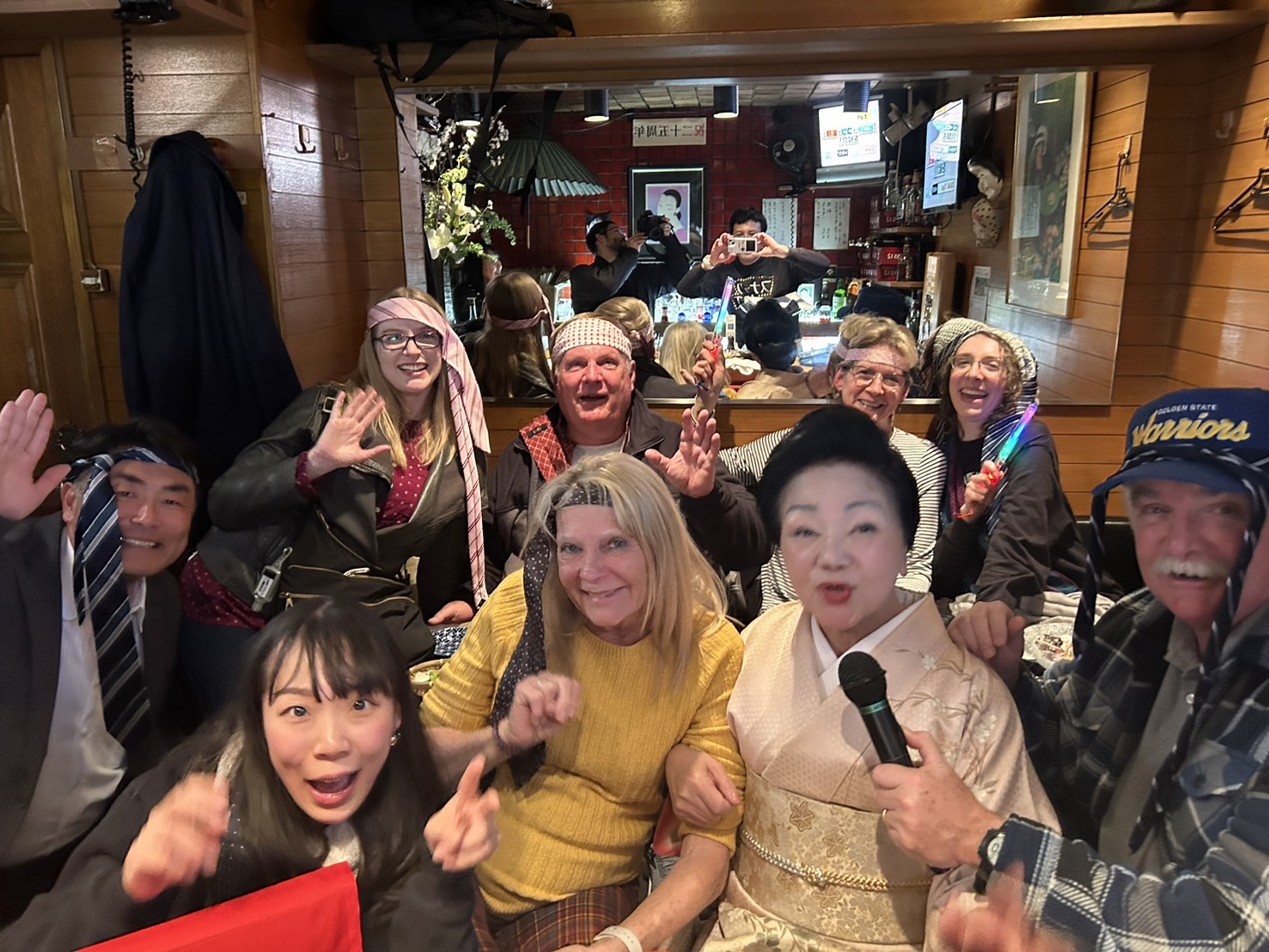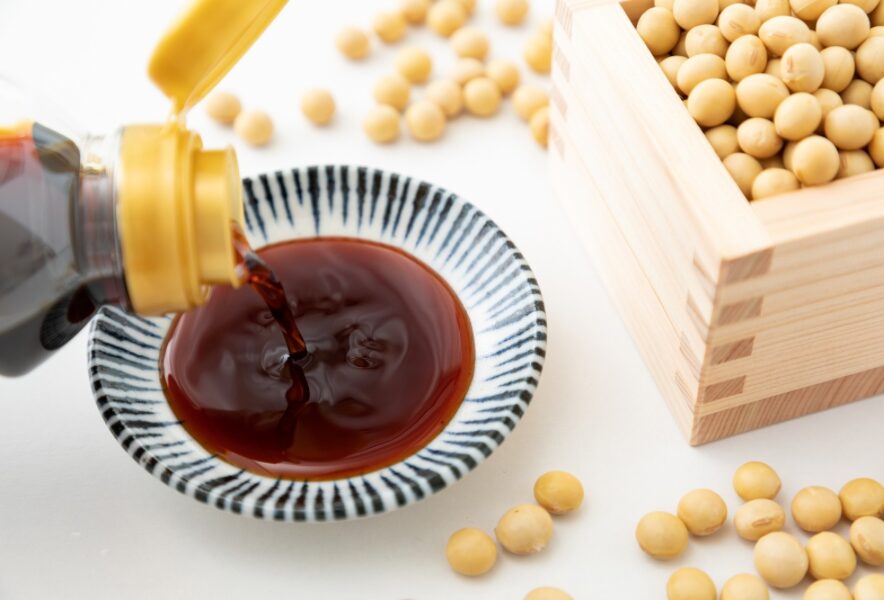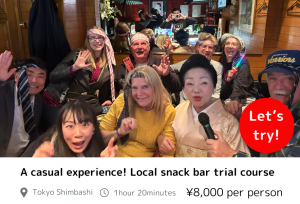Previously, we introduced miso as one of Japan’s representative seasonings in this article: “Fermented Flavor and Miso Memories”. Now, let’s shift focus to another fundamental pillar of Japanese flavor: soy sauce. Dark, savory, and rich in umami, soy sauce quietly connects together countless Japanese dishes. It is more than a mere condiment — it is a central thread woven through Japanese cuisine. Its aroma deepens flavor, its saltiness balances sweetness, and its versatility makes it indispensable in both traditional and modern cooking. For travelers exploring Japan, understanding soy sauce is like discovering a hidden key to unlocking the true depth of Japanese food culture.
Contents
A Brief History of Soy Sauce
The story of soy sauce stretches back more than 1,000 years. Its origin can be traced to China, where fermented soybean pastes were used as a seasoning. In the 13th century, Zen Buddhist monks brought the technique to Japan, where it evolved into a liquid seasoning uniquely suited to Japanese tastes. By the Edo period (1603–1868), soy sauce had become an essential household item, fueling the growth of local production centers such as Chiba, Hyogo, and Wakayama. Merchants transported barrels of soy sauce across the country, making it available to everyone from the shogun’s palace to ordinary townspeople. Today, soy sauce is not only central to Japanese cuisine but also a global staple enjoyed in kitchens around the world.
Types of Japanese Soy Sauce
Not all soy sauces are the same. Japan has developed several varieties, each with its own flavor profile and culinary role:
- Koikuchi (Dark Soy Sauce): The most common type, accounting for about 80% of Japan’s production. Its balanced flavor makes it suitable for everything from sushi to stir-fries.
- Usukuchi (Light Soy Sauce): Paler in color but saltier in taste, often used in Kansai cuisine to highlight the natural colors of ingredients.
- Tamari: Thicker and richer, traditionally made with little or no wheat. Known for its deep umami, it is often used for sashimi or as a dipping sauce.
- Saishikomi (Double-brewed): A luxurious soy sauce with a strong aroma and complex sweetness, perfect for finishing touches.
- Shiro (White Soy Sauce): Much lighter in both color and flavor, ideal for soups or delicate dishes where subtlety is key.
This wide variety shows how carefully Japanese food culture values harmony between seasoning and ingredients.
The Versatility of Soy Sauce in Japanese Cuisine
Soy sauce is not limited to being a dip for sushi or sashimi—it plays multiple roles in everyday cooking. It seasons broths for miso soup and ramen, adds depth to simmered dishes like nikujaga (beef and potato stew), and enhances the sweetness of teriyaki glaze. Even a simple bowl of rice transforms when touched with a splash of soy sauce. Beyond savory dishes, soy sauce also surprises visitors by appearing in sweets: Japanese confectioners sometimes blend it into caramels or ice cream to create a salty-sweet harmony. Its ability to balance flavors, enhance umami, and adapt to various cooking styles is what makes it truly universal.
Conclusion: More Than Just a Condiment
Soy sauce is not simply a dark liquid in a small bottle—it is a reflection of Japanese history, craftsmanship, and taste philosophy. From its centuries-old roots to its refined varieties and surprising versatility, soy sauce embodies the Japanese pursuit of harmony in flavor. For anyone exploring Japan, taking a closer look at soy sauce opens a deeper appreciation for the cuisine as a whole. Whether drizzled on sushi, blended into soup, or even found in desserts, soy sauce proves itself as a seasoning without borders. Once you experience its richness, you’ll understand why this humble condiment has captured the palate of the world.
Let’s go to Izakaya and a Japanese Snack-bar with a fun guide!!
You can enjoy many kinds of food at Izakaya and drinking culture Snack Bars, beloved by many but you can’t enter without a guide. You can enjoy communication with the owner and other customers, as well as singing karaoke, allowing for a relaxing time.
Most snack bars have a policy of refusing entry to foreigners. However, with a tour, you’ll have a guide, so you can enter with peace of mind.
When visiting Japan, don’t just check off the tourist spots –
dive into local experiences for an unforgettable journey!

Once you experience it, you’ll be captivated too! The charm of snack bars.

New encounters with people! The camaraderie of singing at a snack bar! Conversations with the mama-san!





